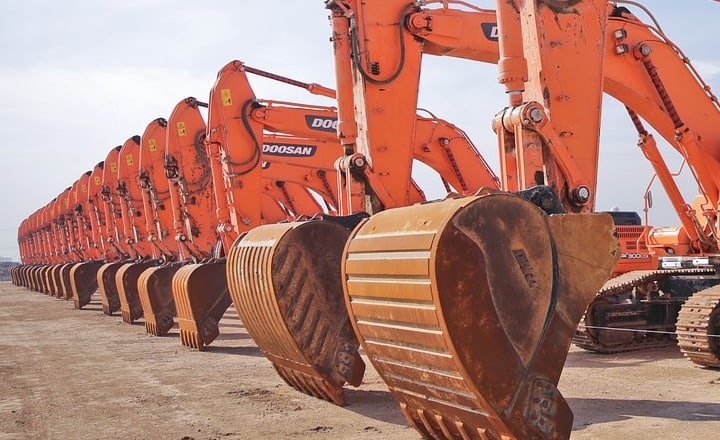Time to plan for the end of capital expenditure super deductions?
Since 1 April 2021, so-called tax ‘super deductions’ have been available on qualifying spend on plant or machinery. With super deductions due to end on 31 March 2023, tax specialist Duncan McKellar offers an overview of what they are and why UK businesses should be considering the timing of capital expenditure in the coming months.
Tax super deductions and how they can benefit your business
Currently, two tax super deductions available from HMRC give relief on qualifying capital expenditure at 130% and 50%. The 130% rate is available on plant and machinery that would normally qualify for 18% writing down allowances in the ‘main pool’. The 50% rate applies to items that fall within the ‘special rate pool’, where relief would normally be limited to 6% writing down allowances.
Although these two headline rates appear attractive, it is worth noting that most businesses already get tax relief at 100% on their qualifying plant and machinery additions under the annual investment allowance (AIA). AIA is, however, limited to £1m of annual spend.
Therefore, it is typically the case that a combination of a super deduction claim on main pool qualifying expenditure at 130%, and an AIA claim on special rate pool expenditure at 100%, is the most effective course of action.

Super deductions: the exclusions
There are some exclusions which may prevent a claim for super deduction:
- The expenditure must be incurred on or after 1 April 2021 but before 1 April 2023;
- Only companies can claim super deductions. Unincorporated businesses such as partnerships and sole traders do not qualify;
- The expenditure must be on assets which are unused and not second-hand;
- Cars cannot qualify, however, vans and lorries can;
- Assets which are provided for leasing do not qualify.
Unlike the annual investment allowance, there is no overall monetary cap on a super deduction claim, making the allowance a potentially valuable relief.
What are the tax relief rates for super deductions?
In simple terms, main pool qualifying expenditure can obtain tax relief at 24.7%, being 130% at the current corporation tax rate of 19%. Super deductions are due to come to an end on 31 March 2023 and on the next day, the new 25% main rate of UK corporation tax comes into force.
Consequently, this will leave companies paying the main rate in broadly the same position from a tax relief perspective.
The new rates of UK corporation tax
As of 1 April 2023, the UK will have two rates of corporation tax: the main rate of corporation tax of 25%; and the standard small profits rate of 19%. The small profits rate will be payable by standalone companies with ‘augmented profits’ of £50,000 or less.
Augmented profits are broadly taxable profits, plus non-group dividend income. Standalone companies with augmented profits above £250,000 will pay the main rate, leaving companies falling between the two thresholds (£50,000 – £250,000) paying at an effective rate falling between 19% and 25%.
These thresholds must be reduced on a pro-rata basis where companies have one or more ‘associated companies’ at any point during an accounting period.
The phasing out of super deductions
Where an accounting period spans 31 March 2023, a reduced rate of super deduction will be available for qualifying expenditure. The rate is calculated taking account of the number of days in the accounting period that fall before 1 April 2023.
At the same time, an accounting period spanning 31 March 2023 may also involve calculating a hybrid rate of corporation tax, leaving a range of possible rates of tax relief.
Other UK tax relief allowances
As mentioned previously, the annual investment allowance can be used by most businesses to get 100% tax relief on up to £1m of qualifying spend.
Although the AIA cannot be claimed on expenditure on cars, there are other specific 100% allowances available on electric cars, zero-emission goods vehicles and charging points.
Structures and buildings tax allowances
Generally speaking, expenditure on buildings will not qualify as plant or machinery and therefore cannot benefit from any of the above allowances. However, it is worth examining any expenditure on buildings in detail to identify any elements that could be included in a plant or machinery claim or could form the basis of a structures and buildings allowances claim (a flat rate relief of 3% over a 33.33-year period).
With all of this in mind, there is no better time to be speaking to tax specialists about your capital expenditure plans for the coming months.
To discuss super deductions, the upcoming changes to UK corporation tax or how Consilium can help your business structure it’s capital expenditure, please contact Duncan McKellar to arrange a confidential virtual or in-person appointment.
Follow Consilium Chartered Accountants on LinkedIn and Twitter for business news and insights.

